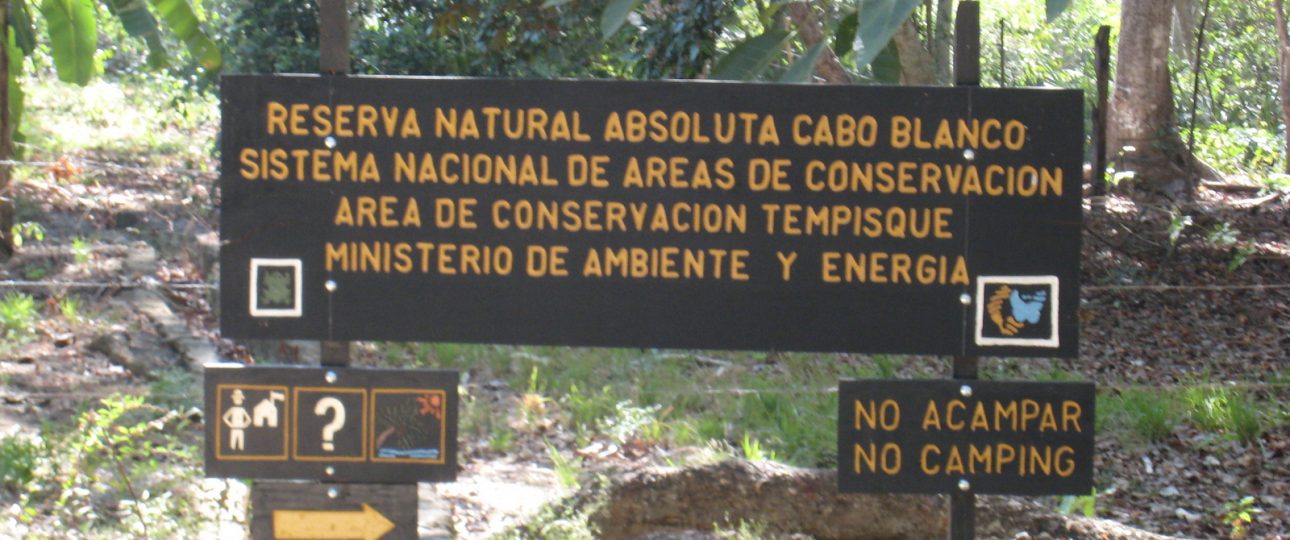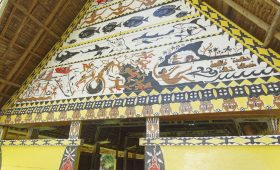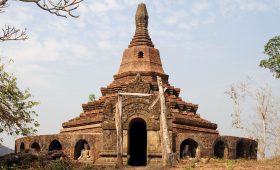Cabo Blanco Nature Reserve: A Sanctuary of Natural Wonder in Costa Rica
Welcome to Cabo Blanco Nature Reserve
Cabo Blanco Nature Reserve, located on the southern tip of the Nicoya Peninsula in Costa Rica, offers a rare glimpse into untouched natural beauty. Established in 1963, it was the first protected area in the country, thanks to the efforts of conservationists Nils Olof Wessberg and Karen Mogensen. This reserve is a testament to their vision of preserving the rich biodiversity of the region.
Discovering the Untouched Beauty
Unlike many tourist-heavy destinations, Cabo Blanco remains a serene retreat for those seeking a genuine connection with nature. The reserve spans 1,250 hectares (3,100 acres) and is home to a diverse array of flora and fauna. Visitors can explore a unique blend of evergreen and deciduous trees, including the impressive “Espavel” and the vibrant “Cortez Amarillo,” which blooms with yellow flowers in the dry months.
Exploring the Wildlife
Wildlife enthusiasts will find Cabo Blanco a rewarding experience. The reserve hosts a variety of mammals such as howler monkeys, white-faced capuchins, and the elusive margay. Birdwatchers can enjoy sightings of over 150 bird species, including scarlet macaws, toucans, and the abundant brown boobies and pelicans on Cabo Blanco Island. Marine life is also rich, with orcas, fish, and mollusks thriving in the surrounding waters.
Unforgettable Hiking Trails
Cabo Blanco offers several hiking trails that cater to different skill levels. These trails wind through dense forests and across clear streams, providing hikers with stunning views and a chance to immerse themselves in the natural environment. Be prepared for some challenging terrain, and don’t forget your camera to capture the breathtaking scenery.
Best Time to Visit
The ideal time to visit Cabo Blanco is during the dry season, from December to April, when the weather is pleasant and rainfall is minimal. However, visiting during the green season, from May to November, offers a quieter experience, albeit with occasional rain showers. Each season provides a unique perspective on the reserve’s lush landscapes.
Getting There
To reach Cabo Blanco Nature Reserve, fly into Juan Santamaria International Airport in San Jose. From there, you can rent a car or take a bus to Montezuma, the nearest town to the reserve. Montezuma serves as a convenient base, and from there, you can hire a local taxi or join a guided tour to reach the reserve’s entrance.
Local Transportation
Once at Cabo Blanco, the best way to explore is on foot. The reserve’s well-maintained trails make it easy to navigate. For those who prefer a guided experience, local tours led by knowledgeable guides offer valuable insights into the area’s ecology and history. These tours enhance your understanding of the reserve’s unique ecosystem.
Summary of Facts
- Cabo Blanco Nature Reserve is located on the Nicoya Peninsula in Costa Rica.
- It was established in 1963 as the first protected area in Costa Rica.
- The reserve features a mix of evergreen and deciduous trees.
- Wildlife includes howler monkeys, white-faced capuchins, margays, and over 150 bird species.
- Hiking trails vary in difficulty, offering options for all levels of hikers.
- The best time to visit is during the dry season (December to April).
- The nearest major airport is Juan Santamaria International Airport in San Jose.
- Access to the reserve is via Montezuma, with local transportation primarily on foot or through guided tours.




